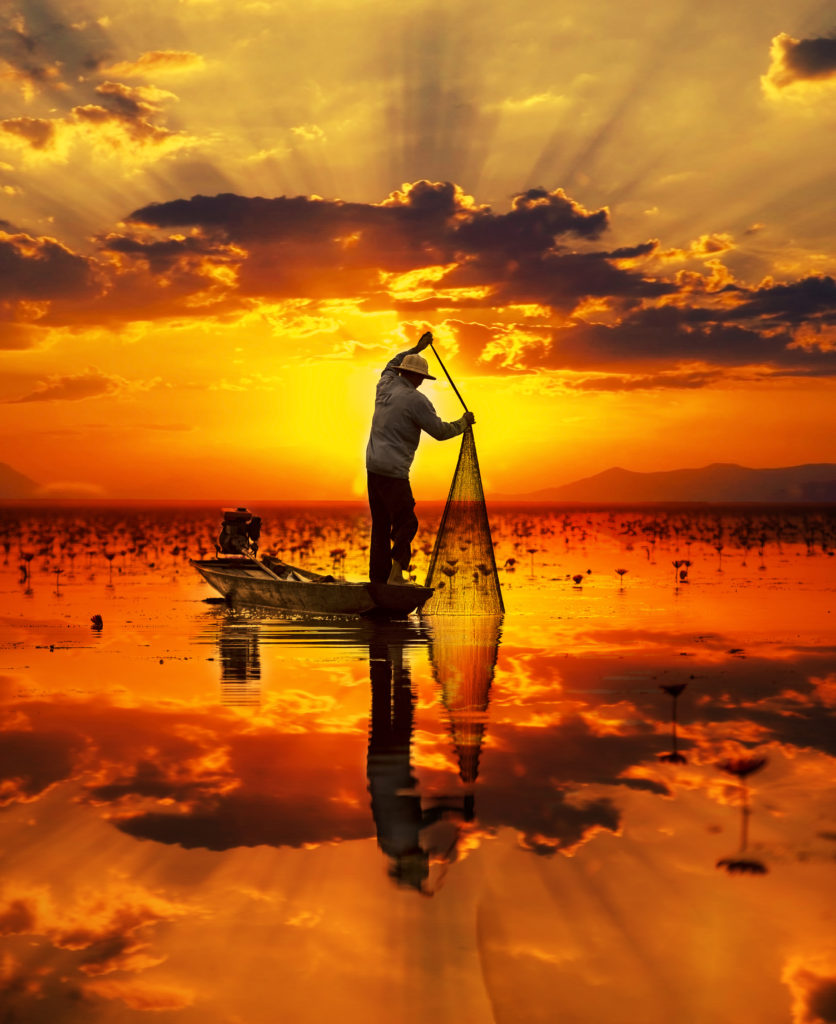Sustainable Fishing Issues
While sustainable agriculture and sustainable living seem to get all of the press another issue, sustainable fishing is just as important and maybe more so.
Aquaculture, or raising fish or shrimp in small farmed areas, is a giant worldwide business. Unfortunately, many aquaculture companies have little or no concern for environmental issues or sustainability. Its common place to simply move the “farm” from one location to another when one aquaculture facility is too polluted or too saline to continue to produce.
This article caught my eye, because the Chinese are one of the largest players in the aquaculture arena, especially in growing tilapia, but environmental concerns are never at the top of their list. Hopefully, this will be the start of a move to sustainable fishing in SE Asia.
Chinese fish farmers are trying to clean up their aquaculture practices
With unsustainable fishing affecting about 30 percent of the ocean’s wild fish populations and most of the rest already fished to the limit, aquaculture is playing an ever bigger role in putting fish on the dinner table.
Today, fish farms are the fastest-growing source of animal protein — on the rise, globally, at about 5 percent a year.
In the lead is China, which accounts for about 60 percent of farmed marine products worldwide. China is also a leading provider of farmed fish to the US, including tilapia, one of the most popular farm-raised marine products sold in America.
Farmed fish have some environmental benefits compared with other sources of animal protein. In addition to reducing pressures on wild fish populations, they are climate-change friendly. A pound of fish has about

one-seventh of the carbon footprint of a pound of beef.
But large-scale aquaculture has created new problems, including overfishing of species caught for feed on the marine farms.
Today, about a quarter of global wild fish catch is of herring or anchovies, which are used for fish meal or fish oil.
Cao Ling, a researcher at Stanford University, says China is the largest importer of fish meal, accounting for about one-third of the total trade. And poor regulation, along with climate change and overfishing, are contributing to unsustainable exploitation.
“In Peru, anchovies used to be really abundant. Now, the population has dropped a lot.”
Professor Qi Genliu of Shanghai Ocean University says that in China, convenience and the growth of large-scale aquaculture have increased the appetite for fish meal.
He says for centuries, China raised freshwater carp by feeding them grass. But that changed several decades ago when the fish feed industry started up.
“Now we use feeds. It is not only more efficient, but it also saves labor,” says Qi.
Meanwhile, the China Blue Sustainability Institute, China’s first nongovernmental organization focused on sustainable fishing and aquaculture, says many farms in China do not practice sustainable aquaculture.
China can produce low-cost seafood, says China Blue founder Han Han, because of its industrial scale production.
“That can lower your unit cost, but you didn’t take into account the massive pollution,” she says.
Overuse of antibiotics and lack of wastewater treatment are among her concerns.
China Blue is headquartered in an apartment-turned-office on China’s southern tropical island of Hainan, a popular tourist destination known as China’s Hawaii. It’s about a 90-minute drive away from the rural district of Wenchang, home to hundreds of fish farms.

